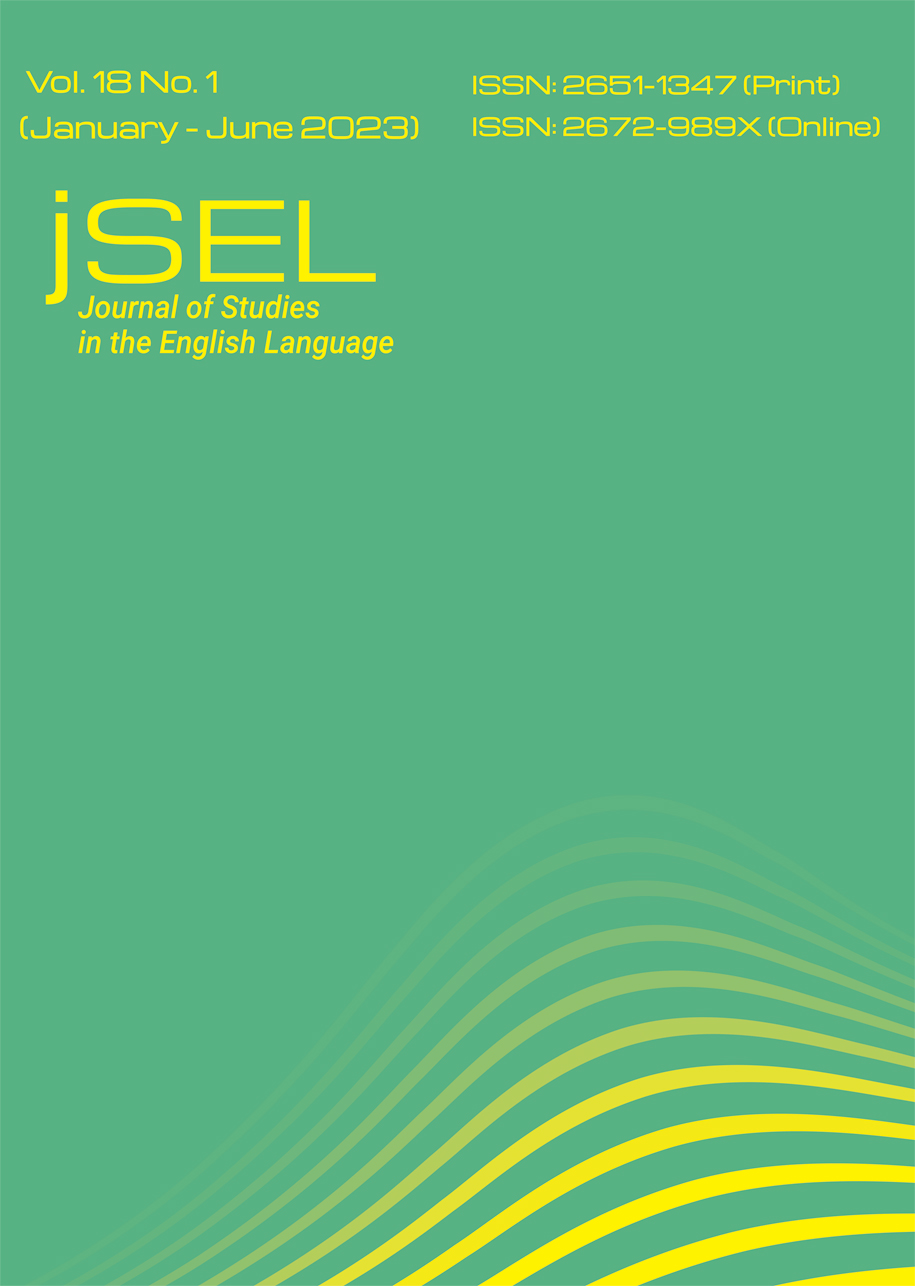Exploring a Phenomenological Approach Towards Understanding the Mind and Body in Robert Grosseteste’s Medieval Scientific Treatises
Main Article Content
Abstract
This paper explores the complex relationship between the mind and body in two medieval treatises written by the thirteenth century Bishop of Lincoln, Robert Grosseteste. De luce seu de inchoatione formarum (1225-1228) known simply as De luce, was Grosseteste’s attempt to scientifically explain his theory on how light was the first created corporeal form. De lineis, angulis et figuris (1230-1233) or De lineis was Grosseteste’s experimental approach towards applying geometry to the scientific study of natural phenomenon. The objective of this paper is to seek a new approach towards studying Grosseteste’s scientific works by applying phenomenology to discuss how his perception of his mind and body structures his experiences and consciousness, and how he interprets this in his treatises on practicing experimentation in science. In the process of carrying out this task, this paper will also focus on Grosseteste’s medieval theological beliefs and how this informs his views on science.
Article Details

This work is licensed under a Creative Commons Attribution-NonCommercial-NoDerivatives 4.0 International License.
Authors who publish with this journal agree to the following terms: Authors retain copyright and grant the journal right of first publication with the work simultaneously licensed under a Creative Commons Attribution License that allows others to share the work with an acknowledgement of the work's authorship and initial publication in this journal. Authors are able to enter into separate, additional contractual arrangements for the non-exclusive distribution of the journal's published version of the work (e.g., post it to an institutional repository or publish it in a book), with an acknowledgement of its initial publication in this journal. Authors are permitted and encouraged to post their work online (e.g., in institutional repositories or on their website) prior to and during the submission process, as it can lead to productive exchanges, as well as earlier and greater citation of published work (See The Effect of Open Access).References
Bieniak, M. (2010). The soul-body problem at Paris, CA. 1200-1250: Hugh of st. Cher and his contemporaries. Leuven University Press.
Britannica, T. (Ed.). (2016, March 15). hylomorphism. Encyclopedia Britannica. https://www.britannica.com/topic/hylomorphism
Clark, A. (2003). Natural-born: Minds, technologies, and the future of human intelligence. Oxford University Press.
Crombie, A. C. (1953) Robert Grosseteste and the origins of experimental science 1100-1700. Oxford University Press.
Eastwood, B. S. (1968). Medieval empiricism: The case of Grosseteste’s optics. Speculum, 43(2), 306-321. https://doi.org/10.2307/2855937
Foucault, M. (2008). Of Other Spaces. In M. Dahaene & L. De Cauter (Eds.), Heterotopia and the city: Public space in a postcivil society (pp. 144-163). Routledge.
Gallagher, S., & Zahavi, D. (2008). The phenomenological mind: An introduction to philosophy of mind and cognitive science. Routledge.
Grosseteste, R. (1942). De luce. (C. C. Reidl, Trans.). On Light or the Beginning of Forms. Interdisciplinary Encyclopedia of Religion & Science. https://inters.org/grosseteste-on-light. (Original work published in 1225-1228)
Grosseteste, R. (2013). De luce seu de inchoatione formarum. dokumen. https://dokumen.tips/documents/de-luce-seu-de-incohatione-formarum.html?page=22. (Original work published in 1225-1228)
Hopper, P. J., & Thompson, S. A. (1980). Transitivity in grammar and discourse. Linguistic Society of America, 56(2), 251-299. https://doi.org/10.1353/lan.1980.0017
McComas, W. F. (1998). The Principal Elements of the Nature of Science: Dispelling the Myths. In W. F. McComas (Ed.), The Nature of Science in Science Education. Science & Technology Education Library, 5, 53-70. https://doi.org/10.1007/0-306-47215-5_3
Rickert, T. (2007). Toward the Chora: Kristeva, Derrida, and Ulmer on Emplaced Invention. Philosophy and Rhetoric, 40(3), 251-273. https://www.jstor.org/stable/25655276
Ricoeur, P. (1966). Freedom and nature: The voluntary and the involuntary. In S. Gallagher & D. Zahavi (Eds.), The Phenomenological mind: An introduction to philosophy. Routledge.
Serene, E. F. (1979). Robert Grosseteste on induction and demonstrative science. Synthese, 40(1), 97-115. https://www.jstor.org/stable/20115339
Shields, C. (2022). Aristotle. In E. N. Zalta (Ed.), The Stanford Encyclopedia of Philosophy (Spring 2022 Edition). Stanford University. https://plato.stanford.edu/archives/spr2022/entries/aristotle/
Sparavigna, A. C. (2013). Reflection and refraction in Robert Grosseteste’s De Lineis, Angulis et Figuris. The International Journal of Sciences, 2(9), 101-107. https://doi.org/10.48550/arXiv.1302.1885
Tantikijrungruang, M. (2021). A paradoxical place: The location of science within the sacred space of medieval metaphysics in the writings of Robert Grosseteste [Unpublished research report]. Thammasat University.
TORCH. (2019). The mental and material laboratories of 13th century science. https://www.torch.ox.ac.uk/the-mental-and-material-laboratories-of-13th-century-science
Wiltsche, H. A. (2015). Intuitions, seemings, and phenomenology. Teorema: Revista Internacional de Filosofía, 34(3), 57-78. https://www.jstor.org/stable/26370125


